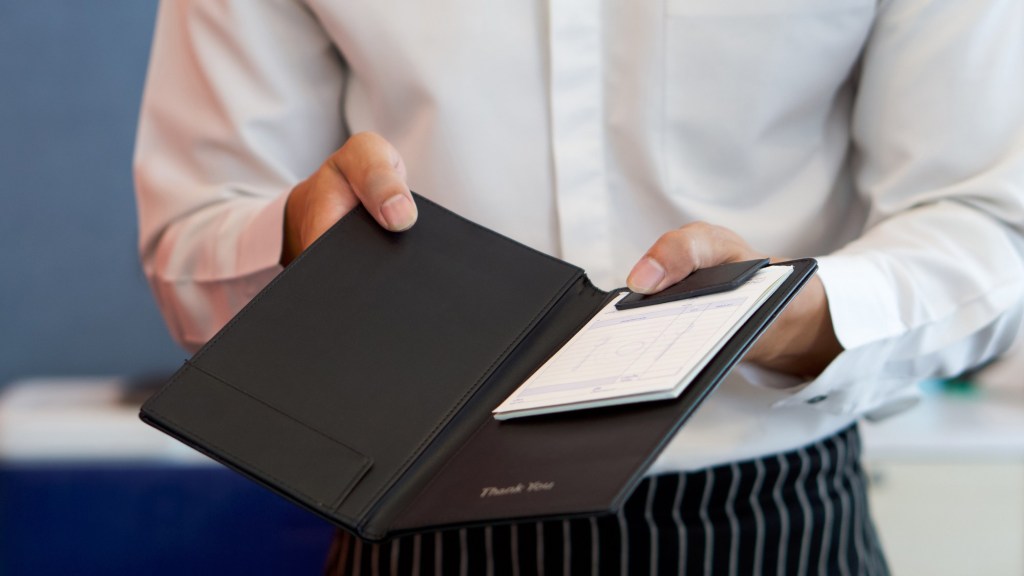On the heels of Los Angeles Reddit users creating a Google Sheet noting LA restaurant surcharges, Orange County diners have followed suit with a similar publicly available spreadsheet detailing area eateries charging similar fees — charges that, at times, patrons find hard to decipher.
Hardly a burn book aimed at stoking the ire of miserly diners itching for a fight, the sheet helpfully details restaurants’ surcharge amounts, stated reason for charging, notes on tipping, and more.
Typical charges, usually found at the bottom of itemized receipts, include automatic gratuity for large parties, corkage fees for oenophiles toting their own wines, or split-plate fees for diners who divide a single dish for sharing. Even a 3% fee for credit card use has become de rigueur at many restaurants. A recent study by the National Restaurant Association concluded that 15% of U.S. restaurants nationwide now implement surcharges.
New types of fees have appeared on receipts following the pandemic, some of which confuse and consternate patrons. An ambiguous-sounding service surcharge, for example, could mean anything from COVID-related protective equipment for staff to necessary medical insurance required as part of the Affordable Healthcare Act. Open-food charges, which could range anywhere from 3% to 5%, go toward food not wrapped or closed in a container thus protecting it from the risk of contamination.
Some restaurants say surcharges are simply due to the cost of doing business in the Golden State. Claim Jumper, owned by Houston-based Landry’s Incorporated and franchised by Kelly Restaurant Group, cites “recent mandated wage, benefits, and healthcare laws’ for its surcharge. The chain even has a dedicated page for its California customers that reads, in part: “We believe that if we were to simply raise…
Read the full article here






